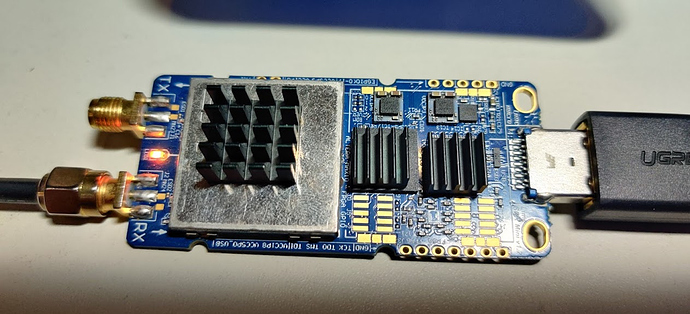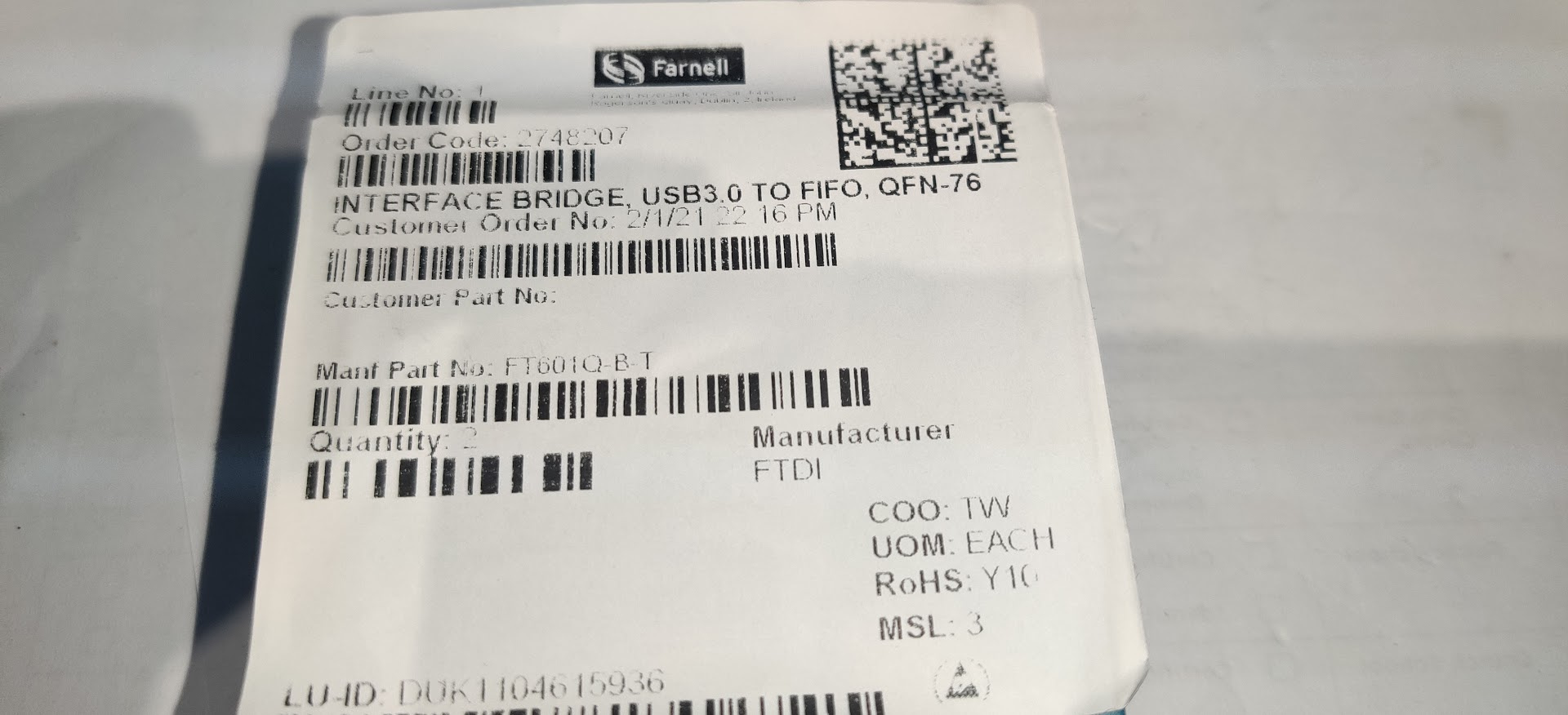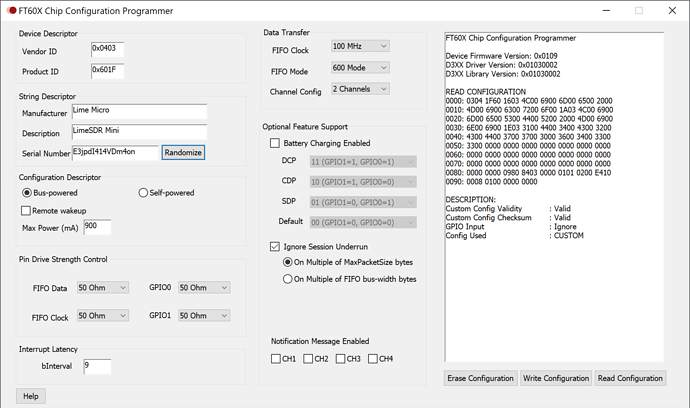Having been one of the initial backers on CrowdSupply, I received the LimeSDR Mini around mid-2019 and started playing with in the 2020 lock-down.
Link to LimeSDR on Crowd Supply

I was noticing that after using it for around 15 minutes, the received signal levels were getting lower and lower until eventually disappearing, the chips got quite warm and some forums suggested passive and/or active cooling should help with this issue. Support from Lime directly was not answered though there is a forum https://discourse.myriadrf.org with what seems to be unofficial support and user community support. I attached some mini heatsinks to the 3 chips and indeed it worked fine for many hours. The plan was to enclose the whole thing in an aluminium shielded case and put some heat transfer pads from the board to the aluminium case, with the option of adding a fan for additional cooling.

then it happened !
Since this was a “temporary, proof of concept”, I was trying it out to ensure it really helped, then it happened ! the mini heatsink on the USB 3 chip accidentally came loose and shorted the back of the USB 3 connector. The PC did the USB disconnect sound and the Lime disappeared from the device list 🙁

The Lime LED always powered up but the USB device could not be detected in any way. I resorted to the aforementioned forum but didn’t get many useful answers, I had to dig down to component level. Luckily the Lime is an “open” hardware project, even though they have a custom silicon, and all schematics are available on their website, though somewhat confusing sometimes with the page not always working right, but that’s another story.
My suspicions was a dead USB 3 FIFO chip, since that’s where the short happened with the heatsink. This is an FT601Q device from FTDI
Datasheet Link: https://ftdichip.com/products/ft601q-b/

By referring and comparing to the Lime schematics and FTDI FT601Q datasheet, I was finding VCCIO and VCC33 are good but VD10 which should be +1v from an internal LDO on FT601 is not present, actually the line was short circuit to GND, to verify I checked across C147 which is on AVDD_FT line on this power bus and it shows 0 ohms to ground so was am thinking either some capacitor is SC or the FT601. I posted all this on the forum, but I didn’t get much response, maybe no hardware-level gurus on there ? Don’t know, one user did reply but responses were barely helpful, so I had to keep digging myself.


I removed the FTDI chip from the board, and alas, the short circuit on DV10, VD10 and across C147 was gone so it looks like the chip has internal SC, so I decided to replace the chip. I tried ordering this directly from FTDI, which have an online store, though they said they couldn’t sell or ship it to me ! Very strange, I tried all the usual “catalog” of suppliers but all were out of stock, though Farnell could do it on back order with a lead time of 8 months ! WOW, I bit the bullet and ordered 2. In the mean time I bought an Adalm Pluto SDR kit from Mouser, made by Analog Devices, and I totally forgot about the Lime, €200 useless module in the back of the drawer. About 6 months down the line I get an email from Farnel with a tracking number, the FT601Q was on its way and would be here in 2 days ! I ordered 2 pieces just in case.


I heat shielded up the board well and soldered on the chip.It went better than I thought, lots of flux helps!

It was now or never, I made sure there were no obvious shorts, however, in the process of removing the old chip with the hot-air station, I managed to also remove C122 and C121, these are feed-through 100nF capacitors on the USB3 data lines, so it should still work in USB 2.0 mode. They are 0201 size, which is really really small, I left them out for the time being. Plugged in the USB and got the USB sound ! The FTDI chip was detected in its “unprogrammed” state

The chip can be configured using an application from FTDI. Zack on the Myriadrf forum advised the parameters used for the Lime Mini

It took some messing about to get it up and running but in the end all worked fine. I installed the 2pcs 0201 100nF capacitors and even got USB 3.0 working which is needed for larger RF bandwidth captures.


Detected and working in SDR Console and DATVExpress


Conclusions…
The Lime is now working again and I still intend to put it in an aluminium case. Though the Lime has much better specs especially on bandwidth, personally, I prefer the Adalm Pluto. I think these are nice gadgets to experiment and play with, though you cannot really compare them to shack-in-a-box SDR transceivers, especially since there is no filtering on RX and TX paths. Many people operate successfully with the Lime and Pluto on QO100, personally, I find the IC-9700 way better and much more practical.
Hopefully, this article will be of help and encouragement to someone else that comes across this issue as I didn’t find much support and assistance on the matter, by the way, I have a spare FT601Q in stock just in case anyone has difficulties like I did getting one quickly !

1 comments
Thanks for sharing your experience…
73 de SV3AQO